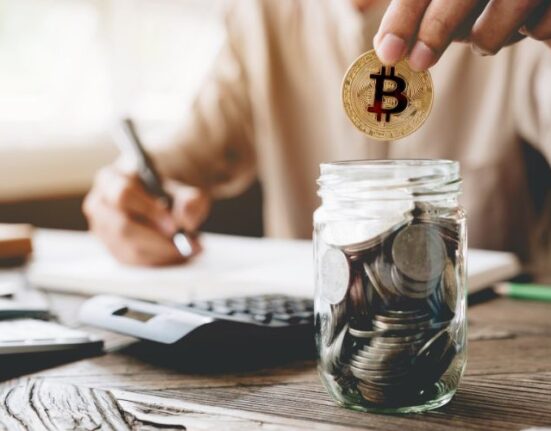Kristalina Georgieva, IMF’s managing Director announced at the Global Health Forum today (Friday, May 21st) the IMF’s $50 billion proposal to end the COVID- 19 pandemic.
The proposal covers three broad elements:
Vaccinating at least 40 percent of the population in all countries by the end of 2021 and at least 60 percent by the first half of 2022
Tracking and insuring against downside risks
Ensuring widespread testing and tracing, maintain adequate stocks of therapeutics, and enforce public health measures in places where vaccine coverage is low.
There is a strong case for grant financing of at least $35 billion. G20 governments have already identified the $22 billion grant funding gap noted by the Access to COVID-19 Tools (ACT) Accelerator. This leaves an estimated $13 billion in additional grant contributions needed.
The remainder of the overall financing plan—around $15 billion—could come from national governments, potentially supported by COVID-19 financing facilities created by multilateral development banks.
A faster end to the pandemic could also inject the equivalent of $9 trillion into the global economy by 2025 due to a faster resumption of economic activity. Advanced economies, likely to spend the most in this effort, would see the highest return on public investment in modern history—capturing 40 percent of the cumulative $9 trillion in global GDP gains and roughly $1 trillion in additional tax revenues.
“By now, we all know there is no durable end to the economic crisis without an end to the health crisis. And that means pandemic policy is economic policy. Highly relevant for the work of the IMF. How it is conducted matters to economic recovery, and it matters in particular to preventing this dangerous divergence of economic fortunes we have been warning about.
It will not only worsen as the gap widens between wealthy countries that have access to vaccines and poor countries that do not but slow down exit from the economic crisis for everybody. And for this reason, we have published today a contribution to the ongoing debate on how to address the gap in vaccines, diagnostics and therapeutics that many developing countries face and help bring the pandemic substantially under control everywhere for everyone’s benefit. It builds on the work of WHO, the World Bank, GAVI, African Union. It has three broad elements at the estimated cost of $50 billion.
First, vaccinating at least 40 percent of the global population by end 2021 and at least 60 percent by the first half of 2022. To do so would require additional upfront grants to COVAX, donating surplus doses, and free cross-border flows of raw materials and finished vaccines. Very much echoing what has been discussed so far.
Second, insuring against downside risks such as new variants that may necessitate booster shots and that means investing in additional vaccine production capacity by one billion doses, diversifying production, scaling up genomic surveillance and supply chain surveillance, and contingency plans to handle virus mutations or supply shocks.
And third, managing the interim period where vaccine supply is limited with widespread testing and tracing therapeutic and public health measures and at the same time ramping up preparations for vaccine deployment together with any approved dose stretching strategies. Of the $50 billion we envisage grant financing of at least $35 billion dollars. G20 governments have already identified as important to address the $22 billion funding gap noted by accelerator.
Thus, this would need to be topped up by an additional $13 billion in grant contributions. The remainder of the overall financing plan, around $15 billion, could come from national governments supported by COVID-19 concessional financing, primarily from facilities already created by multilateral development banks.
Importantly, the proposal requires not just commitments but upfront financing, upfront vaccine donations, and upfront at-risk precautionary investments. It is essential that all necessary financing is available as soon as possible.
Clearly, the costs are not trivial, but they are dwarfed by the outsized benefits. As we have been stressing, a faster end to the pandemic not only saves lives, but also could injure inject the equivalent of $9 trillion into the global economy by 2025 due to a faster resumption of economic activity and advanced economies asked to contribute most of this effort would likely see the highest return on public investment in modern history, capturing 40% of the GDP gains and roughly $1 trillion in additional tax revenues.
Let me just finish back by stating the obvious, strong and coordinated action is the way out of this unprecedented health and economic crisis. With the support of our membership, we are working towards making an important contribution to the exit from the crisis by boosting global reserves with $650 billion Special Drawing Rights particularly important for countries faced with the toughest challenges.
We are stepping up our lending where needed. We are working on debt sustainability and also let me state it, you can count on us. We had been playing our role. We will continue to do so. Thank you.”

















